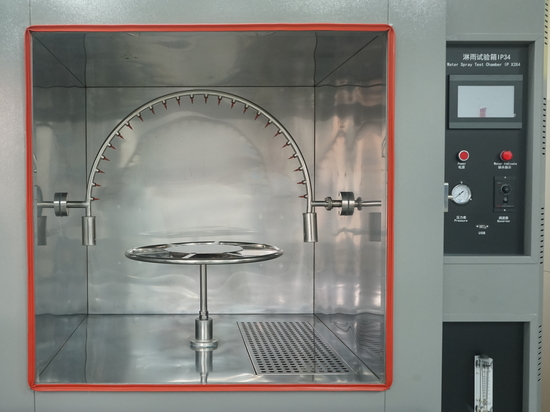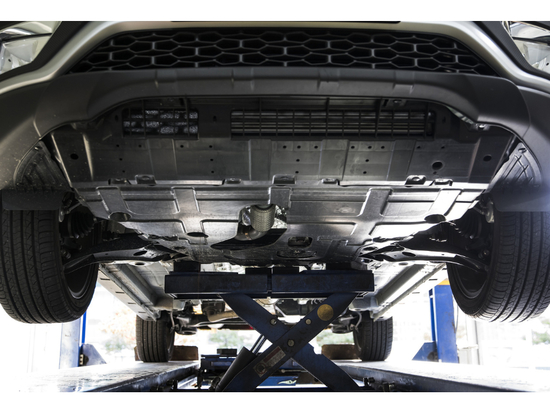
#Industry News
The Importance of Testing Seat Foam
HD-F750A-1
I believe that many car owners and friends will find the problem of car seat foam collapse after using the car for a period of time. Often the sides of the seat collapse and damage the most serious problems.
For the above situation, we generally use the following methods to solve:
1. You can choose a cushion. The cushion is undoubtedly the easiest method, and it is also a very practical method. If it is a serious collapse, it is recommended not to use the cushion.
2. Repair the seat. Because most people do not have experience and technology, and are not clear about the standard of the seat, they often choose to go to the car shop to repair the seat.
3. Buy a seat of the same model. You can buy seats of the same model online or in physical stores, so that you can directly replace the old seats.
4. Replace the sponge that has collapsed. Generally, you can get it at an auto repair shop. This is a good choice for those who don’t want to change chairs. This is also the most economical.
As a manufacturer, you should think about this situation: How to avoid this kind of situation before the problem occurs? How to prevent car owners from encountering such situations in a short period of time can enhance the trust of our customers. For this reason, most manufacturers will conduct inspections after production to ensure product quality.
HD-F750A-1 sponge hardness fatigue tester is used to measure the concave hardness of porous elastic materials. It can be used to test polyurethane sponge foam samples in accordance with national standards to accurately measure the indentation hardness of sponges, foams and other materials. It can also be used to test the already produced seat foams (such as backrests, seat cushion foams, etc.). ) Carry out the measurement of the specified indentation hardness, and accurately measure the indentation hardness of the foam parts of the seat. In addition, this instrument can also perform reciprocating compression tests on foam polymer materials to determine the thickness reduction and residual deformation rate of the sample, thereby understanding the dynamic fatigue characteristics of the material.







